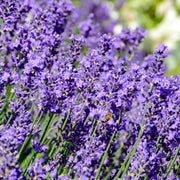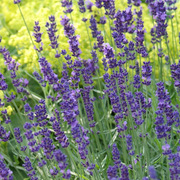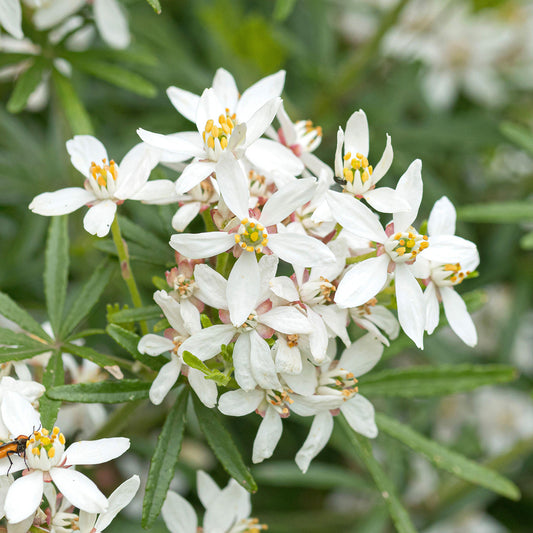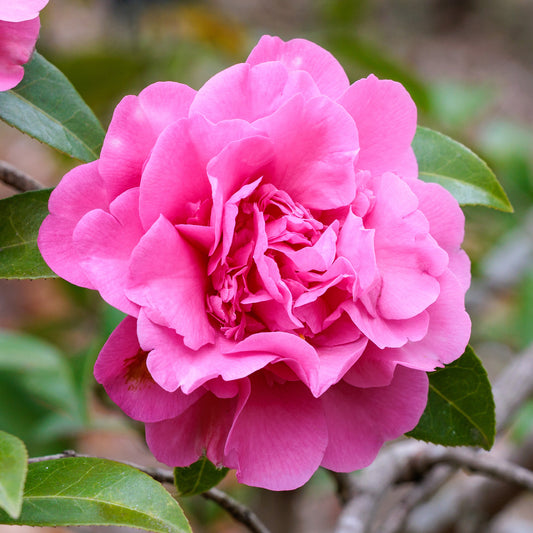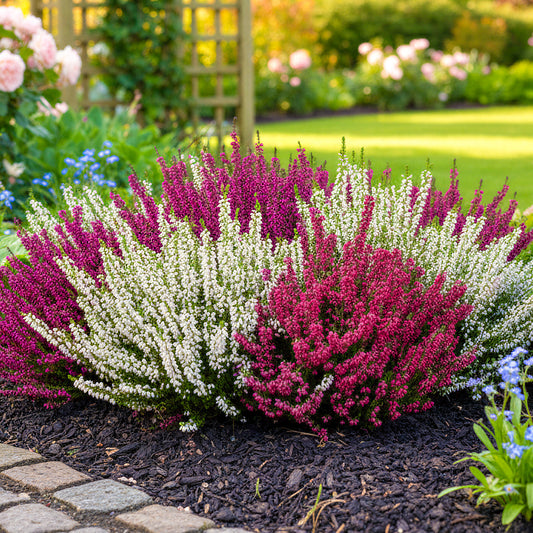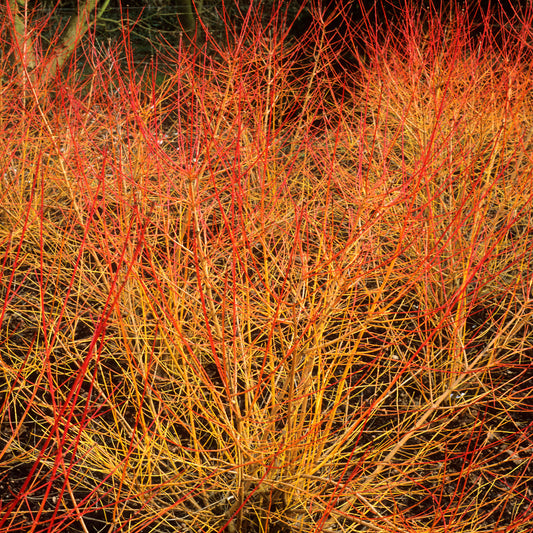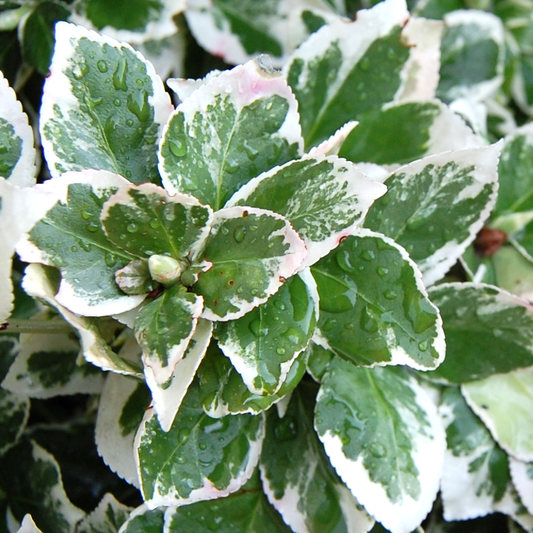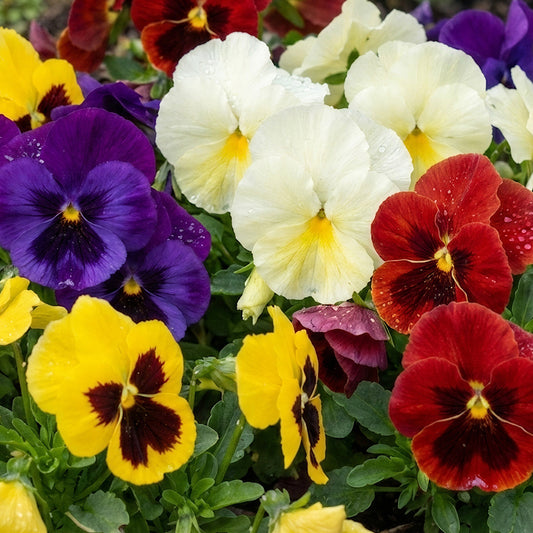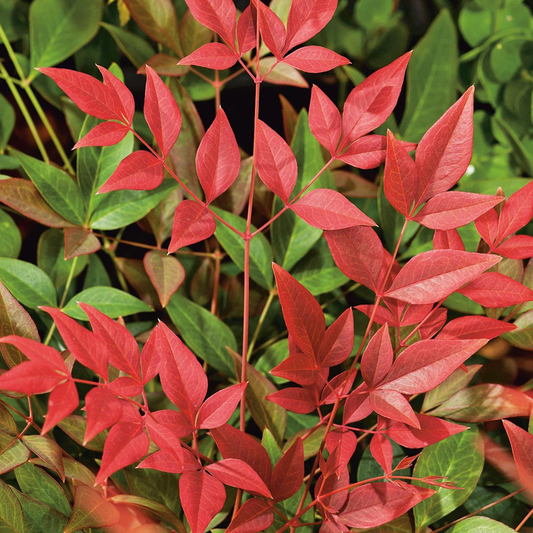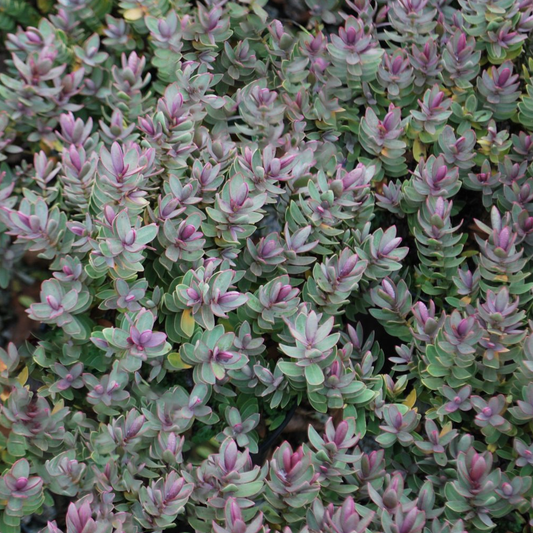Product description
Lavandula angustifolia, commonly known as the English Lavender is a compact and bushy low shrub that is native to Mediterranean region. Rosea is a stunning variety that, unlike the traditional purple Lavenders, blooms pink flowers throughout the summer. Lavender is a very popular small garden plant that is used as a low hedge or along a path as edging. Its leaves produce fragrant aroma when brushed against each other by the wind.
Rosea Lavandula produces fragrant rose-pink flowers on dense tall spikes that appear in summer. The flowers are neatly held above Rosea’s elegant grey-green leaves. Rosea flowers are highly attractive to bees and butterflies, thus adding wildlife interest to your garden. Both its leaves and flowers are harvested to produce essential oil used in perfumes. Lavender releases strong fragrance on a sunny day.
It is a sun-loving plant that will thrive in dry soil that is rich in humus and well-drained. Lavender can perform equally well receiving a few hours of partial shade in afternoon. Slightly alkaline soil will help in increasing the life of the plant.
Although it does not demand any fertiliser, applying an annual organic feed in spring will ensure healthier growth. Trim the stalks after flowering but be careful not to cut into old wood. Prune Lavender Rosea in spring or early autumn before new growth emerges.
Lavender Rosea looks great as low hedges and in front of perennial borders. It is ideal in mass plantings in cottage gardens, scented gardens and herb gardens. It is a versatile garden plant that provides interesting summer colours and used for its culinary and medicinal purposes.
Garden Plant Size Guide

Plants in larger pots can be multiple years older than their smaller counterparts with more mature root systems and foliage. This makes them able to thrive as a full size plant in your garden quicker than smaller alternatives.
The most common size of pot that garden plants come in are 9cm/1L/3L/5L this is in reference to the diameter at the top of the pot.
9cm potted plants still remain the most popular cost effective option though, they just may take a little patience to allow them to grow into full maturity once planted in your garden.
Plant specs, care guide & tips
Key features
When to plant
| Jan | Feb | Mar | Apr | May | Jun | Jul | Aug | Sep | Oct | Nov | Dec |
|---|---|---|---|---|---|---|---|---|---|---|---|
Planting and period of interest times are general guidelines and may vary based on your location and conditions. For best results, consult local gardening resources.
Instructions
Top Tip
Leave spent flowers in place towards the end of the growing season to provide a valuable food source for birds.
How to Water
Water regularly for the first year. Once established, lavender only needs to be watered during particularly dry spells.
How to Plant
Plant lavender in full sun in light, well-draining soil. Dig a hole twice the size of the root ball and boost the nutrients by adding in some organic matter. Water the hole, allowing it to drain well, then position the plant and backfill with soil, firming gently. Leave at least 35-45etween plants and water in well.









